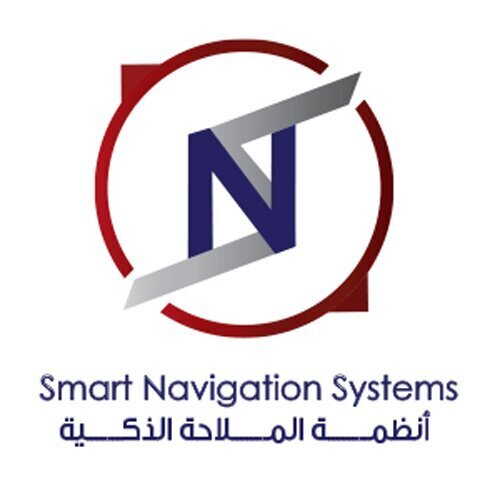Smart navigation systems are transforming how we navigate our environments by leveraging artificial intelligence (AI) to provide real-time navigation and route optimization based on current traffic conditions and user preferences. These systems are essential in addressing the challenges posed by urban congestion and enhancing overall transportation efficiency.
AI-Powered Navigation
AI algorithms play a crucial role in smart navigation by analyzing vast amounts of data from various sources, including traffic cameras, GPS signals, and user inputs. This data allows navigation systems to offer real-time traffic updates, ensuring that users receive the most efficient routes available. For instance, AI can predict traffic patterns and suggest alternative routes to avoid congestion, thus saving time and reducing fuel consumption[1][2].
Key Features of Smart Navigation Systems
-
Real-Time Traffic Analysis: Smart navigation devices continuously monitor traffic conditions and incidents, dynamically adjusting routes as necessary. This feature is particularly beneficial in urban areas where traffic can change rapidly due to accidents or road work[2].
-
Route Optimization: These systems utilize sophisticated algorithms to consider multiple factors, such as weather conditions, vehicle capacity, and time of day, to optimize routes for users. By doing so, they can significantly reduce travel time and costs associated with fuel and vehicle maintenance[2].
-
User Preferences: Smart navigation systems can be customized based on individual preferences, such as avoiding toll roads or prioritizing scenic routes. This personalization enhances the user experience and ensures that navigation aligns with specific user needs[1].
-
Error Reduction: By automating navigation processes, AI-powered systems minimize human error, which is common in manual navigation. These systems can process large datasets in seconds, providing accurate and reliable navigation assistance[2].
-
Enhanced Safety: Real-time updates on weather conditions and road hazards allow users to make informed decisions, improving overall safety during travel. This capability is crucial for both personal and commercial transportation[2].
Devices and Technologies
Smart navigation systems are integrated into various devices, including:
-
Connected GPS Systems: These devices use internet connectivity to access real-time data, enhancing their ability to provide accurate navigation and updates.
-
Smart Glasses: Emerging technologies, such as augmented reality (AR) smart glasses, can overlay navigational information directly onto the user’s field of view, facilitating a more intuitive navigation experience. This is particularly useful in complex indoor environments, such as airports or shopping malls, where traditional navigation methods may fall short[5].
-
Telematics Software: Advanced telematics systems utilize AI to analyze vehicle data, helping businesses optimize their fleets and improve route planning based on real-time conditions[3].
Conclusion
The integration of AI in smart navigation systems represents a significant advancement in how we approach travel and transportation. By providing real-time navigation and route optimization, these systems not only enhance user experience but also contribute to more efficient and safer travel. As technology continues to evolve, we can expect further innovations that will redefine our navigation experiences in both urban and rural settings[1][2][4].
Further Reading
1. AI in GPS Navigation Systems: A Smarter Future Ahead
2. Smart Navigation: AI-Powered GPS and Route Optimization – Orbiting Web
3. Interactive, AI-Driven Analytical Software | Advantage GPS
4. Not Found
5. https://goodmaps.com/newsroom/reinventing-indoor-navigation/


